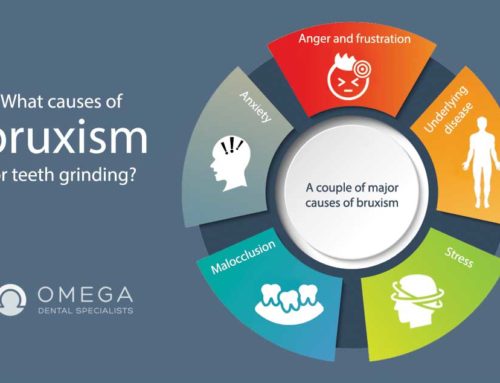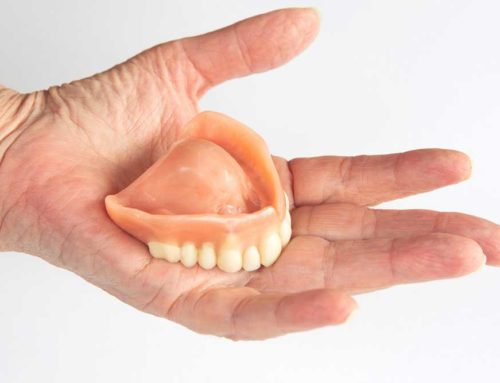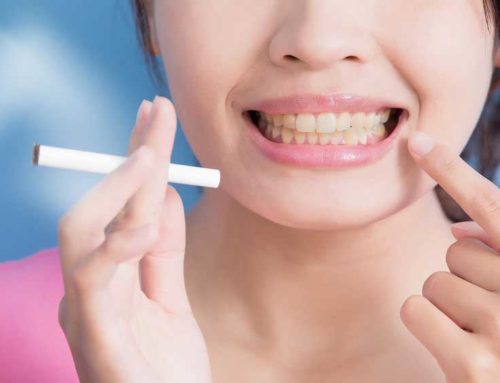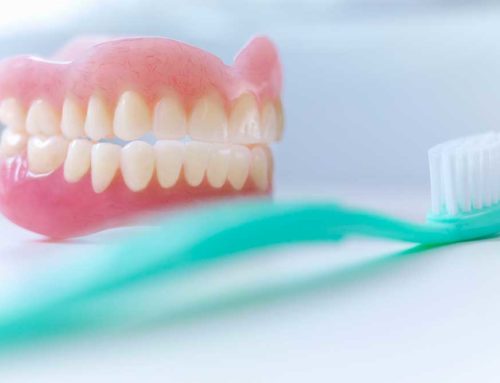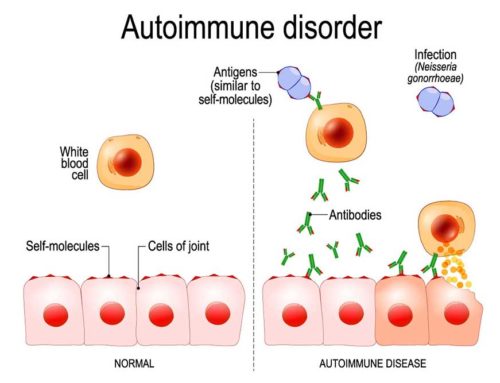A dental emergency can happen at any time without any warning. Maybe a person is playing touch football on Thanksgiving, and his family decides to increase the bet. At this time, a tackle got on the court and accidentally knocked out two front teeth.
Or while on a tropical vacation, someone decided to go deep sea fishing, but when they climbed onto the fishing boat, they slipped on the dock and fell three front teeth. When you find that your teeth are loose, the emergency dentist can provide the treatment you need.
1.Why need emergency dental treatment
A loose tooth is only one step away from falling out, so it needs urgent dental care. Lost permanent teeth need to be replaced quickly to avoid problems that often occur during tooth loss, such as deterioration of mandibular tissue, changes in facial structure, and misalignment of the remaining teeth.
Reasons for loose teeth and the need for emergency dental treatment include:
- Tooth trauma: the tooth may loosen due to a blow to the mouth, which almost knocked out the tooth socket;
- This may be the result of a fall, hard contact during exercise, or an accident
- Gum disease: Gum disease is an infection of the gum tissue in the mouth, which destroys the gums and the bone structure that keeps the teeth unchanged;
- If left untreated, it will eventually lead to tooth looseness and loss
- Tooth decay: Tooth decay can damage the structure of the tooth and cause the tooth to loosen.
This is a common situation where tooth decay is not treated
2.Types of emergency dental problems
There are all kinds of dental emergencies, from flying balls that hit the roof to bagel seeds that cause inflammation. Here are five most common reasons for urgent visits to the dentist:
1) Lost tooth
Somehow, an emergency care candidate successfully knocked out a tooth. Whether due to sports injury or tooth decay, when a tooth falls out, the person becomes a candidate for emergency dental care.
If the tooth is repairable, then it can be reconnected to the alveolar, but this must be done within an hour or two.
2) Chipped Teeth
Tooth loss is a common dental emergency. Food can be made into small potato chips (nuts and chicken bones make many people go to the dentist). However, it is usually some kind of injury or accident that caused the chip.
Although people may find it awkward to walk around with fragments of incisors, it is easy to fix with crowns, adhesives or veneers.
3) Broken tooth
Broken teeth are more serious than broken teeth. When a tooth breaks, it may be due to a tiny or hidden fragment. However, the discomfort and pain may be more severe.
4) Something stuck
This may seem interesting, but food stuck in the wrong place can cause a dental emergency. If something gets stuck deep in the crack, it can cause inflammation and pain.
5) Lost padding
Missing fillings are more frequent than people think. When someone loses a filling, they need urgent care. Failure to do so may cause further damage to the teeth.
3.Loose tooth treatment
Anyone who finds that they have a loose tooth should see an emergency dentist immediately, regardless of whether the problem causes pain. The longer the patient waits for treatment, the greater the likelihood of tooth loss.
Treating a loose tooth is much simpler than replacing the lost tooth with a prosthesis (such as a dental implant), and the cost is much lower.
The most common way a dentist treats a loose tooth is to fix it with a splint. This process involves the use of splints to fix the teeth to the surrounding teeth. This fixes the loose teeth and gives them a chance to recombine with the surrounding bone structure.
If the patient’s teeth become loose due to gum disease, the dentist may recommend other treatments to solve the problem. Treatments that may be used to repair loose teeth caused by gum disease include:
- Deep cleaning: Also known as root cleaning and tooth planing, this treatment can be performed before the patient’s teeth are stabilized with splints;
- This process involves removing tartar and plaque from the teeth, roots and gum pockets
- Surgery: If the patient’s gums or bone tissue is severely damaged and the teeth become loose, the dentist may recommend surgery to rebuild the damaged bone structure
- Medicinal mouthwash: A prescription mouthwash can be used to treat gum disease, so that the structure around the loose tooth is repaired by itself
- Soft tissue/bone transplantation: Teeth that are loose due to damage to the gums or oral bone tissue can be repaired by tissue transplantation
4.Broken molar teeth need a dental emergency?
Broken molars are classified as a dental emergency. This is one of the things that most people don’t want to deal with, but it can happen no matter how healthy a person’s teeth are.
101 Dental Emergency: Treating a Broken Molar
First of all, don’t confuse broken teeth with broken teeth. Most debris and cracks do not require immediate emergency treatment. Patients only need to be careful about the type of food they bite when one of the teeth is damaged.
When teeth are cracking or falling out, it is best to avoid hard foods and extreme temperatures. While the patient is waiting for a dental appointment, over-the-counter medications can be used to treat any pain related to the injury.
Broken molars are a more serious problem and require immediate treatment. This may be caused by tooth decay or a heavy blow to the face.
5.What to do after a broken tooth
When you are going to see an emergency dentist, rinse your mouth with salt water or warm water. Use cold compresses to reduce inflammation caused by injuries. Put gauze on the affected area to stop bleeding. If you don’t have gauze, you can also use wet tea bags.
The bleeding will stop within 10 minutes. Over-the-counter painkillers can be taken as needed Patients with severely damaged teeth are advised to see a dentist within one day after the injury.
If this is not possible, the patient should use dental cement to cover up the broken tooth while waiting for the appointment.
If the tooth is completely lost, it is recommended that the patient store the lost tooth in a container filled with hot milk or saliva. When handling teeth, you should grasp the crown instead of the root. Just like a broken tooth, a broken tooth needs immediate treatment.
In many cases, if the patient receives treatment within a few hours after the injury, the tooth can be successfully reattached. A broken tooth should not be ignored because it can cause severe nerve damage. If the dentist cannot reattach the teeth, they can use dental restorations, such as implants.
6. A dentist’s treatment for a broken tooth
Dentists and patients have several options when treating and restoring broken teeth:
- Tooth bonding: In this process, the dentist applies the composite resin directly to the damaged tooth.
- Resin is the color of the teeth, and it is needed for shaping to restore the appearance of the teeth.
- Root canal: If the broken tooth enters the pulp cavity, root canal treatment can be performed to clean the soft tissue and nerves of the tooth.
- Crown: Severely damaged teeth may be covered by a crown to prevent tooth chipping.
7. Conclusion
In some cases, the assistance of an emergency dentist is essential. For example, if you have unbearable oral pain due to a car accident, sports injury, slip or fall, there is no point in going to the dentist.
The professional assistance of emergency dentists is essential to relieve pain, restore oral function, and ensure that patients do not smile hesitantly in front of others.
Failure to obtain treatment for the aforementioned oral health challenges will result in a worsening of the condition, which may require intense treatment in the coming weeks, months, or even years. When a tooth or mouth is injured, it is necessary to seek emergency treatment as soon as possible. If you suspect an emergency, don’t wait, contact the emergency dentist immediately.
